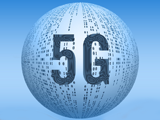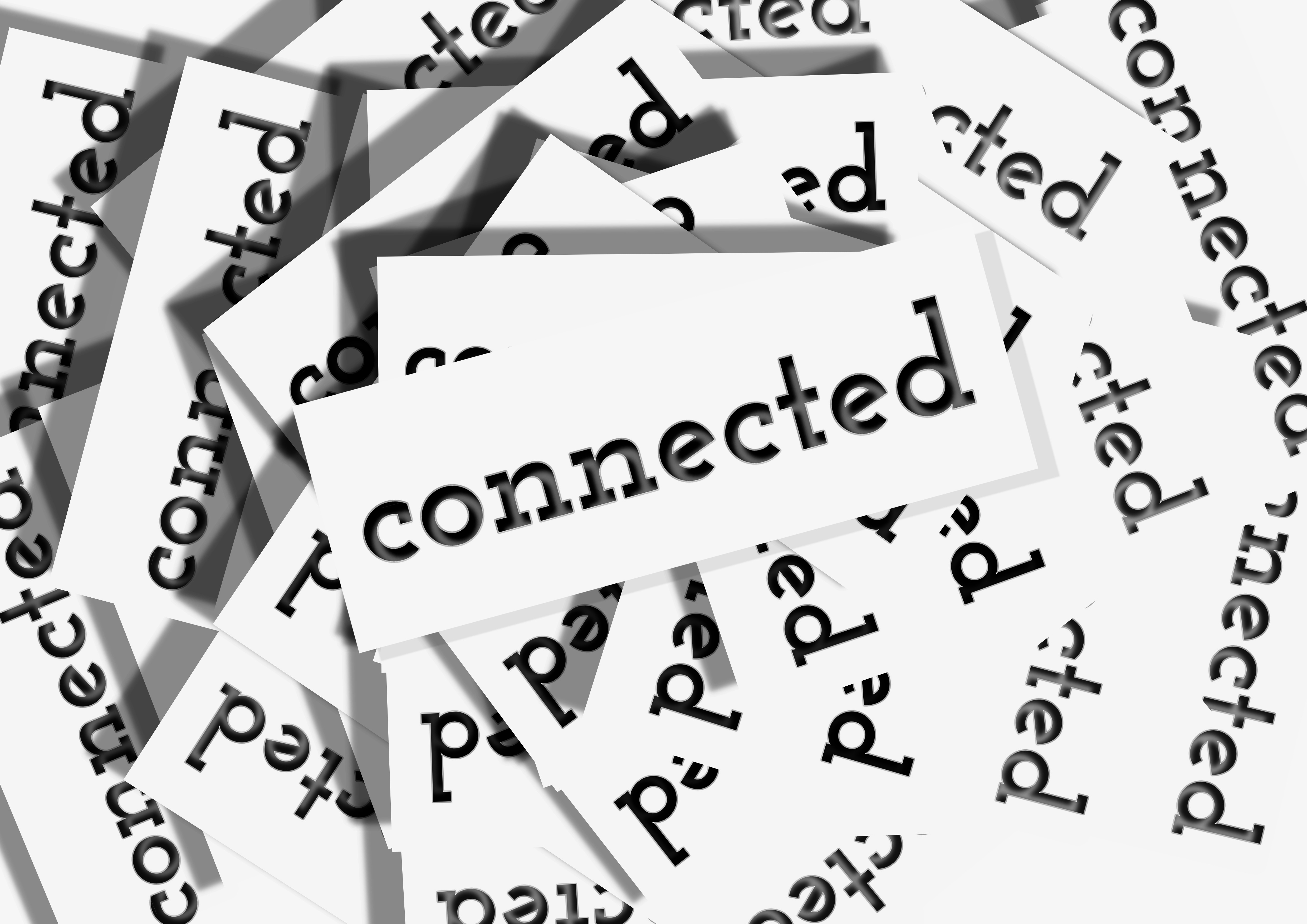IMDEA Networks

5G is NOT 4G+1
03 November 2014

We recently had to re-tune our television sets as a result of the introduction of 4G mobile networks. Their data transmission speed (10 times higher than the 3rd generation’s) required a release of the frequency band hitherto occupied by several TDT channels. 4G is a fact, but we are nearing the 5G revolution. 5G network development is now underway to provide a network capacity one thousand times higher than that of existing mobile networks. But, what is 5G? How will it impact our lives and when will it become available? Who is going to make possible this leap in communications technology?
"5G is NOT 4G+1", said Mario Campolargo, Director of Net Futures – DG CONNECT at the European Commission. 5G means making the hyper-connected, network society a reality, where objects and people are connected to each other and the information flow is smooth and continuous thanks to systems whose coverage and capacity is almost infinite. Devices that learn from our habits and help us "think better", connect us to a friend just by thinking about it or ensure continuing medical monitoring, will be a reality in 2020.
"5G networks truly are a technological and social revolution", recently summed up for EfeFuturo Arturo Azcorra, Director of IMDEA Networks Institute. The concepts of time and distance will be almost inconsequential at a communicational level: "When we achieve a flow of information that exceeds what one person needs or can process on a device, we consider this as immediate response for the user", points out this expert on devices processing 5GB per second.
This type of connectivity and communication has many implications yet to be evaluated in areas such as medicine, childhood or business, even fro m a legal perspective. It is a technology whose use will combine external devices such as Google Glasses with "chips embedded in the user or headsets whose interface interacts directly with the brain," so that "this will not be a display showing information superimposed images, but that reconstructs the image itself" highlighting those items that most interest us, said Azcorra.
m a legal perspective. It is a technology whose use will combine external devices such as Google Glasses with "chips embedded in the user or headsets whose interface interacts directly with the brain," so that "this will not be a display showing information superimposed images, but that reconstructs the image itself" highlighting those items that most interest us, said Azcorra.
This communications system will be similar to sense translators for the disabled which by means of sensors can transform, for example, an image into electrical impulses that can be picked up by the visually impaired. Users will surpass so-called “augmented reality”, going a step further, moving away from the dependence on the external device and the need to connect/disconnect. “It will no longer be necessary to select ‘contacts’ on your mobile, it will be inside you and you’ll call up a friend by just wishing it; you will not need an appointment to see the doctor, your condition will always be known by your GP thanks to sensors monitoring your health”, says the expert as an example, “you’ll be a permanently logged on browser”.
5G networks have caused a global technology race in which Europe is betting high to win. The European effort aims to mobilize 7 billion euro originating from public and private entities within the ICT sector and it is organized around a joint research plan led by the Public-Private-Partnership 5G PPP. It will culminate in 2020 with a global deployment that aims to reach 7,000 million handsets.
 Next Tuesday, November 4th, Arturo Azcorra, Director of IMDEA Networks Institute and Professor at the University Carlos III of Madrid, will give a talk entitled 5G: A Thousand Times More Network Capacity, in the context of the XIV Madrid Science Week. Join IMDEA Networks on this event to learn more from the hands of one of Europe’s driving forces in 5G communications.
Next Tuesday, November 4th, Arturo Azcorra, Director of IMDEA Networks Institute and Professor at the University Carlos III of Madrid, will give a talk entitled 5G: A Thousand Times More Network Capacity, in the context of the XIV Madrid Science Week. Join IMDEA Networks on this event to learn more from the hands of one of Europe’s driving forces in 5G communications.
Images: Pixabay – Geralt


Recent Comments